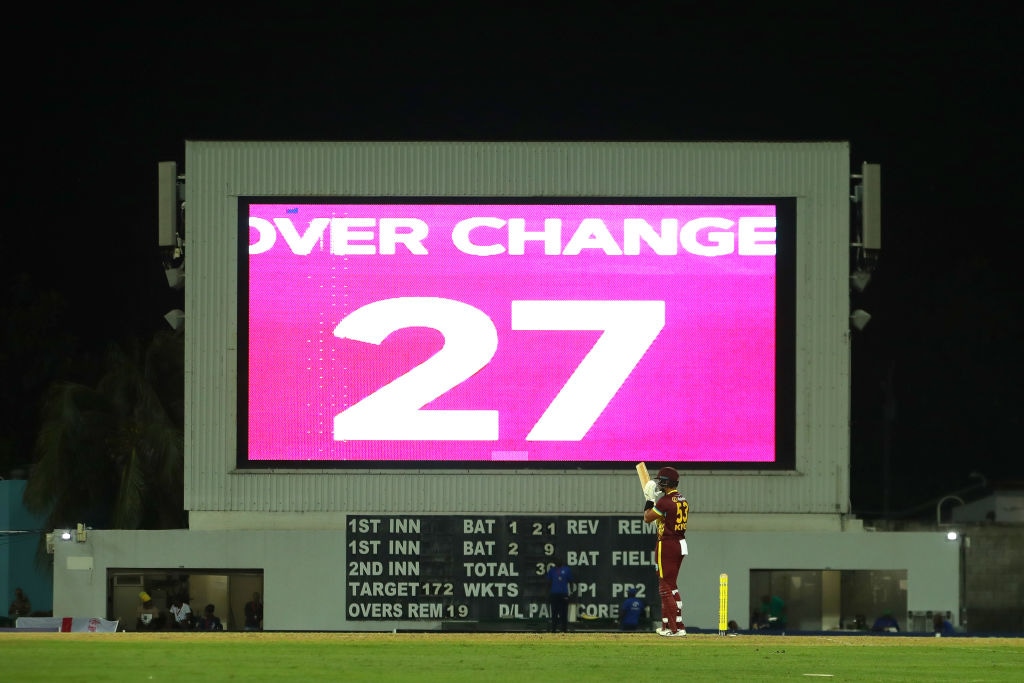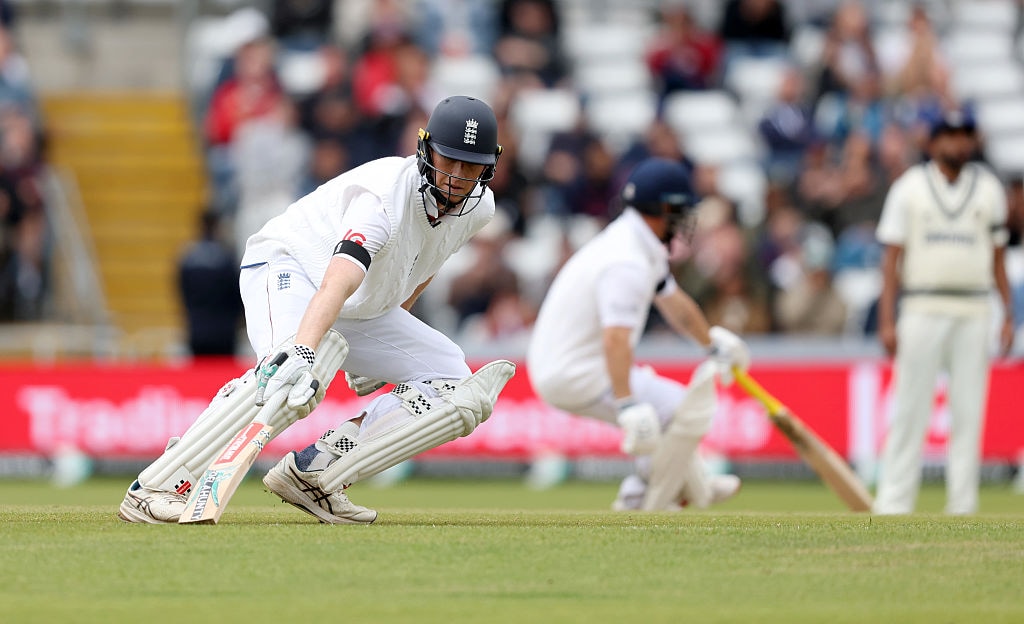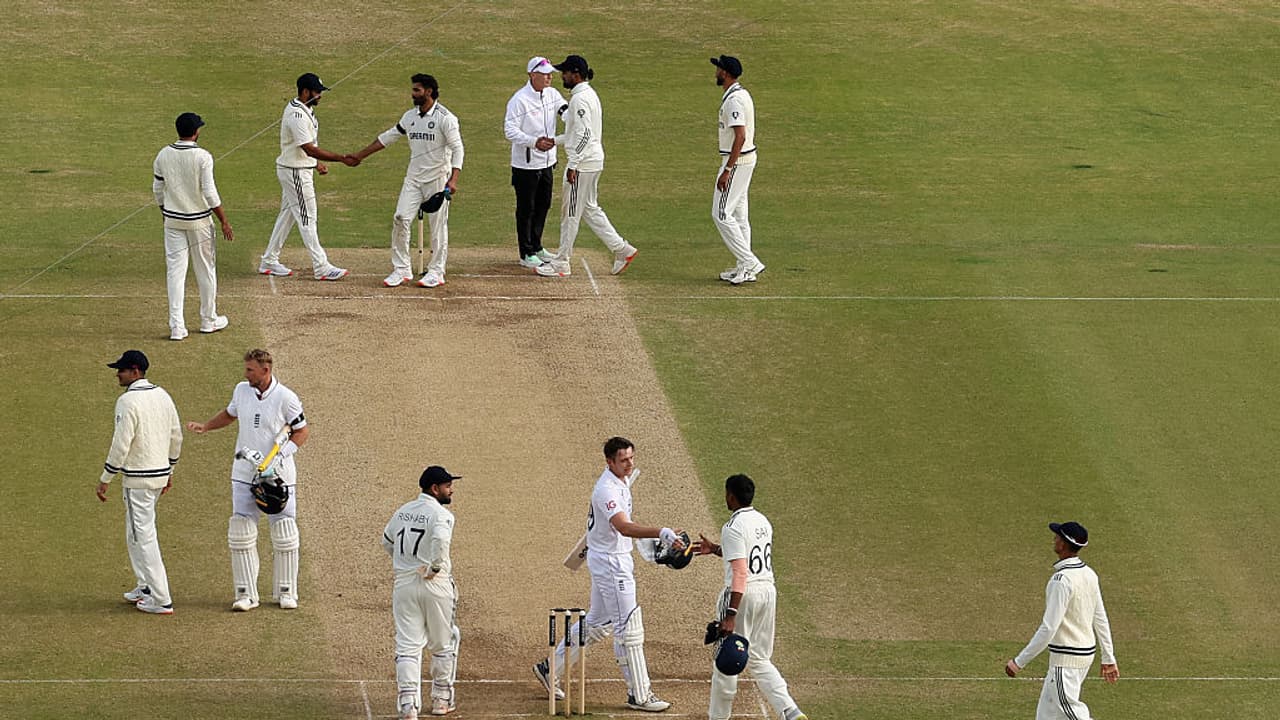The ICC has introduced new rules across formats to improve over rates and fairness. Key changes: stop clock in Tests, optional ball change after saliva use, and DRS now considers secondary dismissal modes like catches on LBW reviews.
The International Cricket Council (ICC) has officially introduced new rules and playing conditions for all formats of the game on Thursday, June 26. The change in playing conditions from July 2, when England and India square off in the second Test of the five-match series at Edgbaston in Birmingham.

However, playing conditions in Test cricket have already come into effect in the ongoing World Test Championship 2025-27 cycle, and the changes in the rules for white-ball cricket will come into effect in July, starting with the first ODI of the three-match series between Sri Lanka and Bangladesh, starting on July 2.
The rule changes will be uniformly applied across men’s and women’s international cricket, with an aim to improve over rates, enhance fairness, and standardize regulations for all formats of the game. The major changes introduced by the ICC reflect the sport’s evolving dynamics and the need for consistency across all formats.
Introduction of the stop clock in Tests
After successfully implementing the stop clock in limited-overs cricket, where a bowler has to deliver the next ball within 60 seconds of the previous one, the International Cricket Council has decided to extend this rule in Test cricket in order to avoid slow over-rate and reduce wasting time.
The slow over-rates have been a long-standing issue in the longest format of the game, and the introduction of the stop clock in Tests is aimed at addressing this concern by holding the teams responsible for the delays and ensuring a more time-efficient contest. According to the rule, a bowler from the fielding side should be ready within a minute or 60 seconds of the previous over ending.

The umpire will issue two warnings to the fielding team if their bowler fails to bowl within a minute. If the fielding team ignores two warnings, the on-field umpire will penalize them with a five-run penalty, which will be awarded to the batting team. Stop clock in Tests will begin from 0 to 60, and the rule has already been implemented in the ongoing WTC Cycle.
No ball change after the use of saliva
One of the major modifications introduced by the ICC for all formats is that the ball no longer needs to be changed if the saliva is found on it. Though the ban on the use of saliva is still in place, the sport’s governing body has made it optional rather than mandatory for the umpire to change the ball if the saliva is used.
The change was brought in to prevent the teams from intentionally applying saliva to alter the ball. From July 2, when the rule change will come into effect, the on-field umpire will only change the ball if its condition drastically changes. like if it appears wet or there is more shine on it. The decision to change the ball will be left to the discretion of the on-field umpires.

Additionally, if the umpire deems that the condition is unaffected after the application of saliva, and the same ball will continue to be used and the batting team will be awarded a run penalty. The ball cannot be replaced even if it behaves erratically later in the match.
Change in Decision Review System protocol
Another big modification brought in by the International Cricket Council is the change in protocol for the Decision Review System. In the new rule, the secondary modes of dismissal will be taken into account. For example, if a batter is given not out for an LBW and the fielding team decides to go for DRS, challenging the on-field umpire’s original decision.
However, the replay shows that the batter has edged the ball the ball and it was caught cleanly, the batter will now be declared out caught, even though the review was for LBW. If ball-tracking shows an umpire’s call, the batter will stay out. This makes the review process more aligned with the on-field umpire’s original decision.
Fairness of the catch to check even for no-ball deliveries
The International Cricket Council brought in an updated playing condition to ensure that the effort of a fielder does not go in vain. If a bowler delivers a ball and the batter is caught, but it turns out to be a no-ball, the fairness of the catch is still reviewed by the third umpire.
In the previous playing condition, the fairness of the match was not reviewed if the delivery was declared a no-ball by the on-field umpire, as the batter was automatically considered not out. However, under the updated rule, the third umpire will still review the legality of the catch, ensuring that the fielder’s effort is acknowledged.
If the fielder has taken a clean catch on a no-ball delivery, the batting team will receive an extra run for the no-ball. In case the fielder failed to take a clean catch, the runs completed by the batters, including a no-ball, will be counted.
Penalty for short run
The International Cricket Council has decided to more stricter with the batters by enforcing a penalty for taking short runs. If an on-field umpire observes that a batter has deliberately taken a short run by not grounding their bat or body beyond the crease in order to steal extra runs, the umpire will ask the fielding team to choose the next batter to face the delivery.
Additionally, a penalty of five runs will be imposed, which means the fielding team will get an extra five runs before the first ball of the opening over. According to Rule 18.5.1 of the new playing conditions, “Batters may choose to abort a run, provided the umpire believes that there was no intention by the batter concerned to deceive the umpires or to score the run in which they didn't make their ground."

The short run will now be considered a serious offence if the umpire is convinced that it was executed deliberately to gain an unfair advantage. In such circumstances, not only will the batting team be denied a run, but the five-run penalty will also be enforced, as well as the possibility of facing further sanctions for violating the ICC Code of Conduct.
New boundary law and no ball change after the 35th over in ODIs
One of the major changes in the rules for ODI cricket introduced by the ICC is that no ball will be changed after the 35th over of the innings. In the past, playing conditions for the format allowed the use of two new balls from each end, which meant both balls stayed relatively hard and didn't reverse swing much.
Now, under the new playing conditions, only one ball is used, and no change of ball after the 35th over, it is expected to assist the fast bowlers with more reserve swing and help the spinners as the ball gets older.
Also, the ICC has clarified the Boundary Catch Law to make it easier to understand. The wording now matches the Spirit of Cricket, helping avoid confusion when a fielder catches the ball while in the air or near the boundary line.


